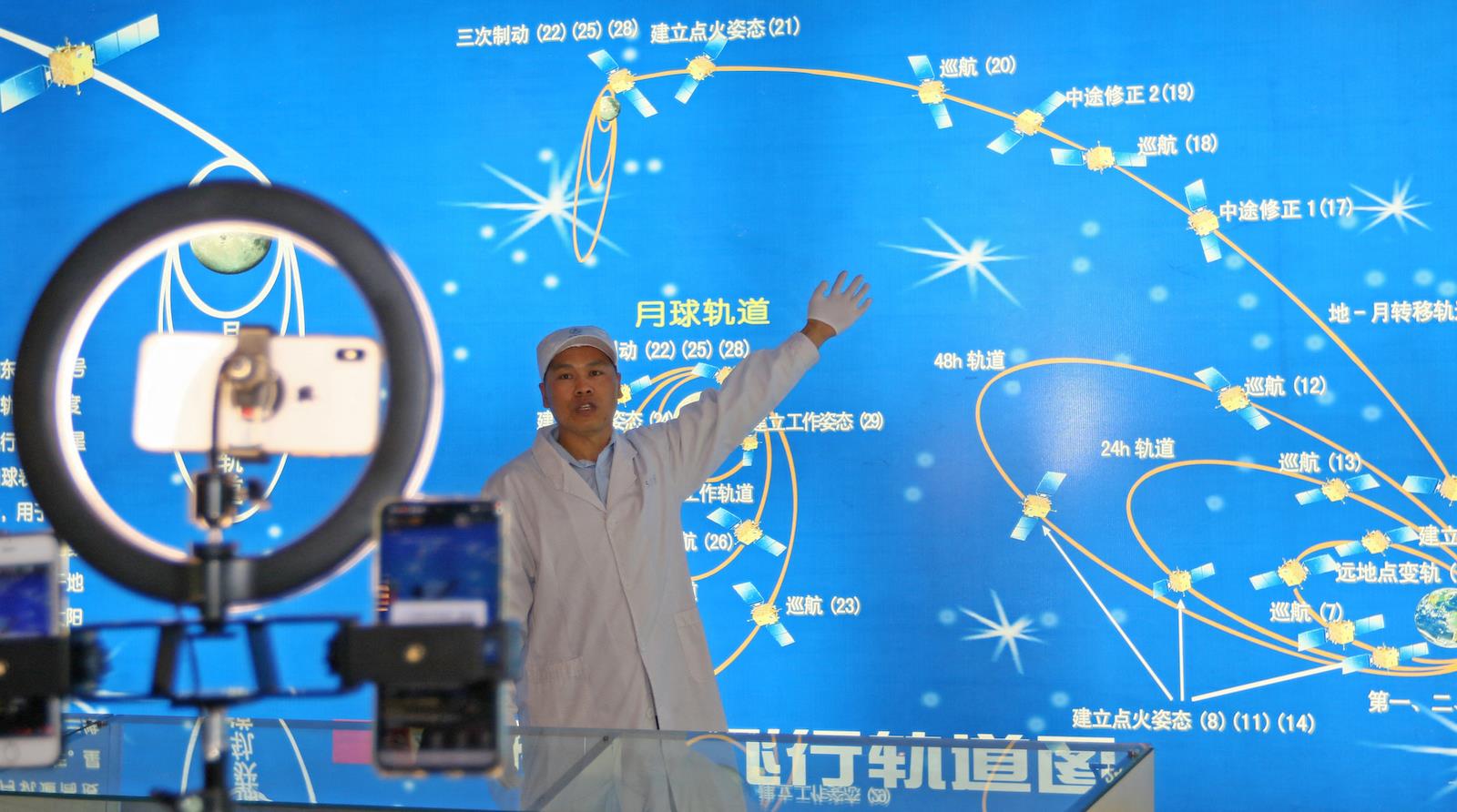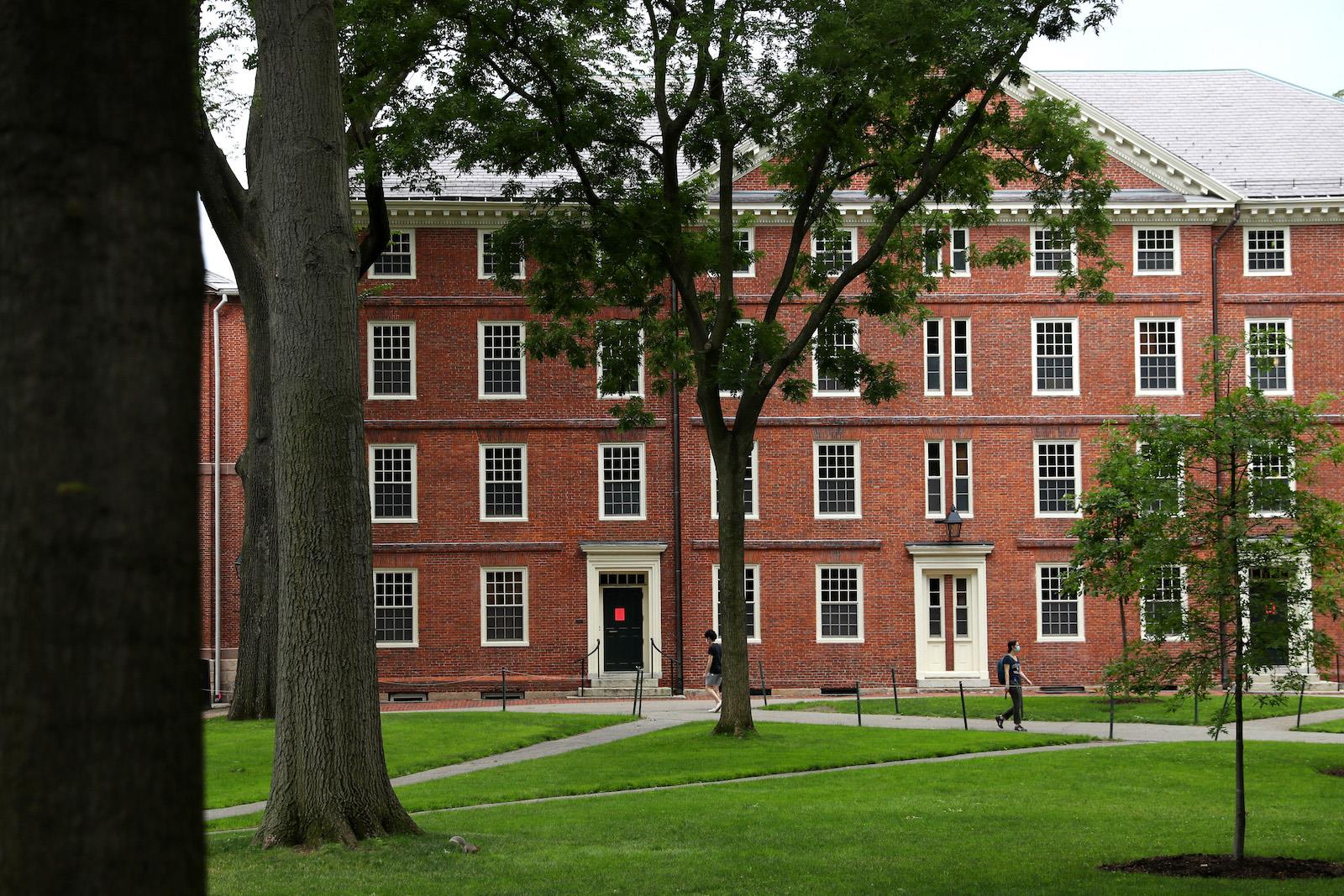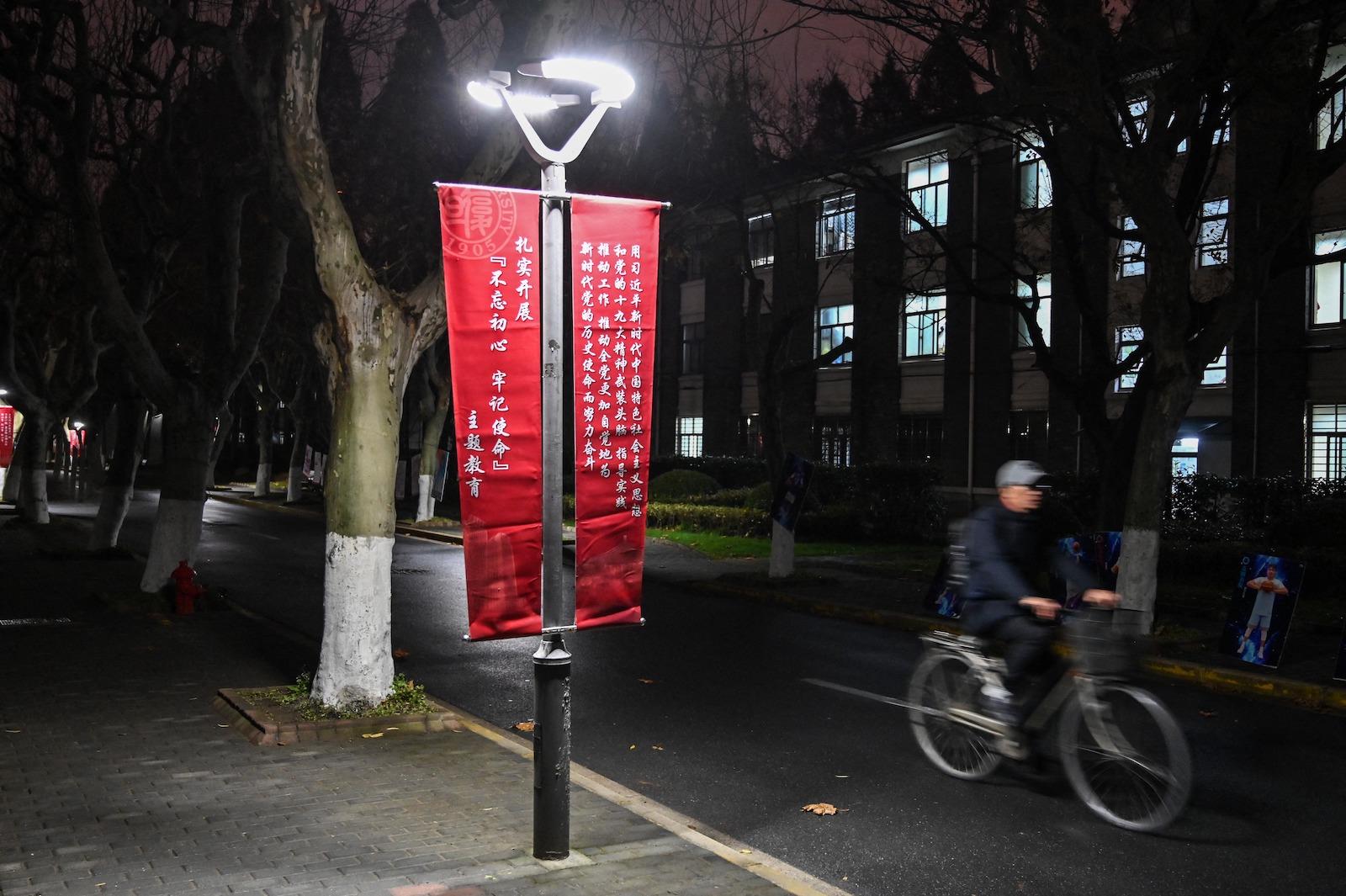(MENAFN- Asia Times) In the wake of the Chinese Communist Party's 100th birthday party, some Western commentators once again are writing about the eventual collapse of President Xi Jinping's autocracy and the victory of democracy – as if that outcome were inevitable.
They argue that democracy is flexible and legitimate, while Chinese autocracy is illegitimate and brittle; that Xi's crackdown on Alibaba and other private enterprises will stifle the Chinese economic miracle; that democracy is essential for technological progress.
An American fund manager writes on LinkedIn,“Little by little China is putting a noose around the neck of the private sector.”
The Economist asks, “How long can the world's most successful autocracy last?” But after ruminating for a page the writer can only conclude that “No party lasts forever.… At some point even this Chinese dynasty will end.”
The magazine finds it alarming that “Chinese streets are bristling with cameras,” as if London were not.
Matthew Kroenig provided an excellent version of the argument more than a year ago in an Atlantic article,“Why the US Will Outcompete China” :
Not usually, perhaps. But, in China's case, for the last 40 years.
Never mind the crises in American and Western European politics or the fact that US President Joe Biden and the European Union are also cracking down on big tech. Ignore American efforts to shut off the flow of technology to China.
These China critics are kidding themselves.
There is no vital link between democracy and technological progress. To believe that one exists is to underestimate the Chinese challenge. There are, however, clear links to industrial policy and the technology-oriented education required to support it.
In East Asia, Japan caught up with the West first as an empire and again as a bureaucratic and essentially one-party state after 1945. Modern education was an important part of that process.
South Korea's industrialization was driven first by a military dictatorship and then by a Japan-style economic bureaucracy, again with high standards of education.
Nazi Germany developed the best rocket technology of its era. Wernher von Braun, Helmut Gröttrup and other German scientists and engineers were crucial to the American and Soviet missile and space programs after World War II.
The Soviet Union was first into space. There is now a Chinese rover on Mars. And China has a space station.

An online class about China's space developments taught by professional researchers is held on China's Space Day, April 23, 2020, in Yantai city, east China's Shandong province, Photo: AFP / Tang Ke / Imaginechina
Yes, the counterargument runs, but after the forced march, further progress depends on democracy. Perhaps, but in the case of China, these and similar words have been repeated for more than 20 years now.
In the meantime, China has been on a roll and the West – America in particular – has stumbled into a chaotic restructuring.
A lot has been written about this, so let's focus on the long-term outlook as represented by youth education.
As has been remarked upon by Apple CEO Tim Cook and others, China produces far more engineers than the US does. And when the daughter of a Japanese friend of mine spent a year at an American high school, she discovered that her math skills were two or three years ahead of the curriculum.
Anecdotal evidence is interesting, but let's look at data collected by the National Center for Education Statistics (NIES) of the US Department of Education, by the Pew Research Center and by the OECD.
The 2019 Trends in International Mathematics and Science Study (TIMSS) survey conducted by the NIES ranks American 8th graders 16th in mathematics and 14th in science. They were outclassed by students from Singapore, Taiwan, Japan, Russia, South Korea, Canada, Dubai and several European countries.
This squares with a 2015 survey of members of the American Association for the Advancement of Science conducted by Pew, which found that only 16% of respondents regarded US science, technology, engineering and math – STEM – education from kindergarten through high school as the best, or above average, while 46% said it was below average.
So where is China? PISA, the OECD's Program for International Student Assessment, measures 15-year-olds' ability to use their reading, math and science knowledge and skills to meet real-life challenges.
PISA data for 2018 show four major mainland Chinese provinces purporting to stand in for the entire People's Republic of China and ranked first in reading, math and science, while the US ranked 13th in reading, 37th in math and 18th in science. The PISA survey does not cover anywhere near the whole of China because the country insists on cherry-picking the provinces whose results it sends to OECD .
While it's notable that four of the most economically developed provinces of China (Beijing, Shanghai, Jiangsu and Zhejiang) and two special regions (Hong Kong and Macau) that were also ranked in the top five (total population of the six: 190 million) all have top-notch schools, they should not be included in a ranking of nations. Including them leads to a comparison of apples and oranges.
But even if we delete the six Chinese units from the PISA list, the US still ranks 34th in math and 15th in science. This is an appalling result for a country with the world's best universities. (For discussion another day is the question of whether the top universities ranking can be sustained.)

Harvard Yard on the campus of Harvard University. Photo: AFP via Getty Images / Maddie Meyer
Meanwhile, building a first-class educational system has been a priority of the People's Republic of China from the beginning.“Restoration and development of the peoples' education,” Mao Zedong described as“one of the most important tasks at present.”
In 2019, the Central Committee of the Communist Party of China and the State Council released the Education Modernization 2035 Plan and the detailed 2018-2022 Plan.
These plans set the direction and objectives for the creation of a modern education system in China with universal and high-quality compulsory education, competitive world-class higher education institutes and enhanced vocational education.
The target, of course, is to bring the rest of the country up to the standard set in major urban areas, and there is little doubt that steady progress will be made.
This has not gone unnoticed in the United States. The“Biden Plan for Educators, Students, and Our Future” promises more resources for schools and teachers. It focuses on teacher compensation, teaching materials, equality of opportunity for the poor and racial minorities, student mental health, dealing with gun violence in schools and, at the university level, easing the financial burden of student loans.
The document notes that:
Many educators across the country are experiencing stagnant wages, slashed benefits, growing class sizes, and fewer resources for their students. Too many teachers have to work second jobs to make ends meet for their families.
And, far too often, teachers and school personnel have to take on additional responsibilities that go far beyond the classroom. Educators end up spending their own money on school supplies, mentoring and coaching new teachers, trying to fill in as social workers, and so much more.
The Biden Plan is about repair and catch-up, not about leading the world. It is a long-term project.
Meanwhile, disputes have broken out across the country – not about the need to upgrade STEM education, but about critical race theory and the rewriting of American history.
America is going through its own cultural revolution, in addition to suffering from mass shootings, homelessness and drug addiction.
In a recent article, “Why the US-China contest will be fought in the heartlands of America,” Singaporean scholar and diplomat Kishore Mahbubani wrote:
In contrast to the bottom 50% of the Chinese people, who have just experienced the best 40 years of human development in 4,000 years of Chinese history, the bottom 50% of the US population has experienced three decades of economic stagnation.
This is, probably, the most important point that American strategic planners should reflect on: At the end of the day, the outcome of the geopolitical contest between the US and China will not be determined by the number of aircraft carriers or nuclear weapons. Instead, it will be determined by which society is doing a better job at taking care of its bottom 50%.
And by which society's kids can read, write and count.

A banner at Fudan University in Shanghai in December 2019, calls for institutions to adhere to the political philosophy of President Xi Jinping. Fudan, one of China's top universities, removed references to 'freedom of thought' from its charter. Photo: AFP / Hector Retamal
How China might develop after President Xi's tenure is of course not clear, but if history is any guide there is likely to be a great deal of change. In part, that would be because the Chinese economy and society are rapidly evolving. In part, it might be due to new ideas about government and international relations.
What seems least likely, however, is that China would stop modernizing its military, withdraw from the South China Sea and the Belt and Road Initiative, and ask America for guidance on economic and social matters.
In the realm of speculation, a recognizably democratic China – resembling, for example, a very large Singapore – would probably be even stronger and more influential than the China we know today. How would the West view that?
When today's American kids grow up, they may well find it very difficult to compete with a highly educated Chinese workforce that outnumbers them four-to-one.
The United States has a quality of education problem. If that problem is not solved, all the democracy in the world won't save it from falling behind.
Scott Foster is an analyst with Lightstream Research, Tokyo.
MENAFN13072021000159011032ID1102442425